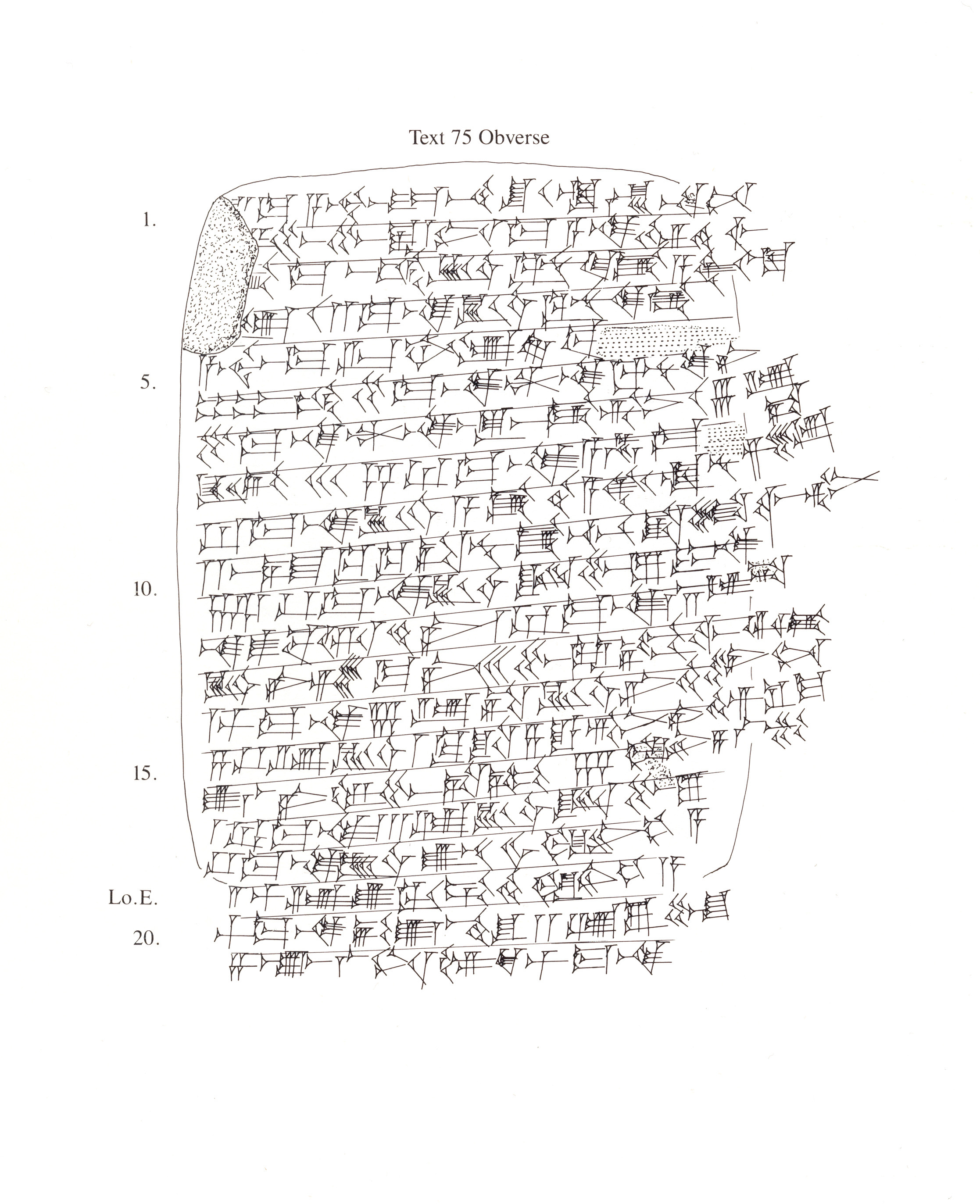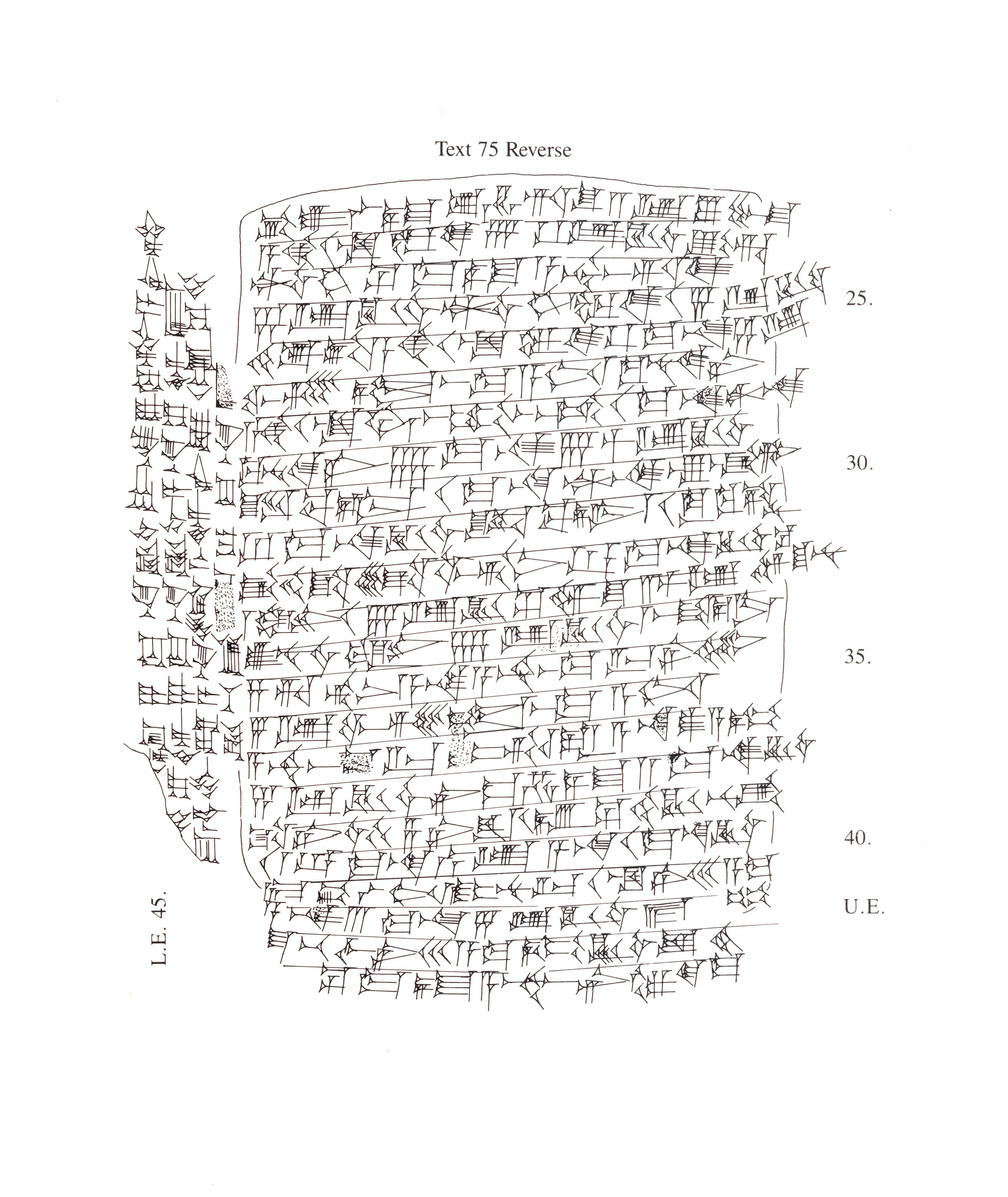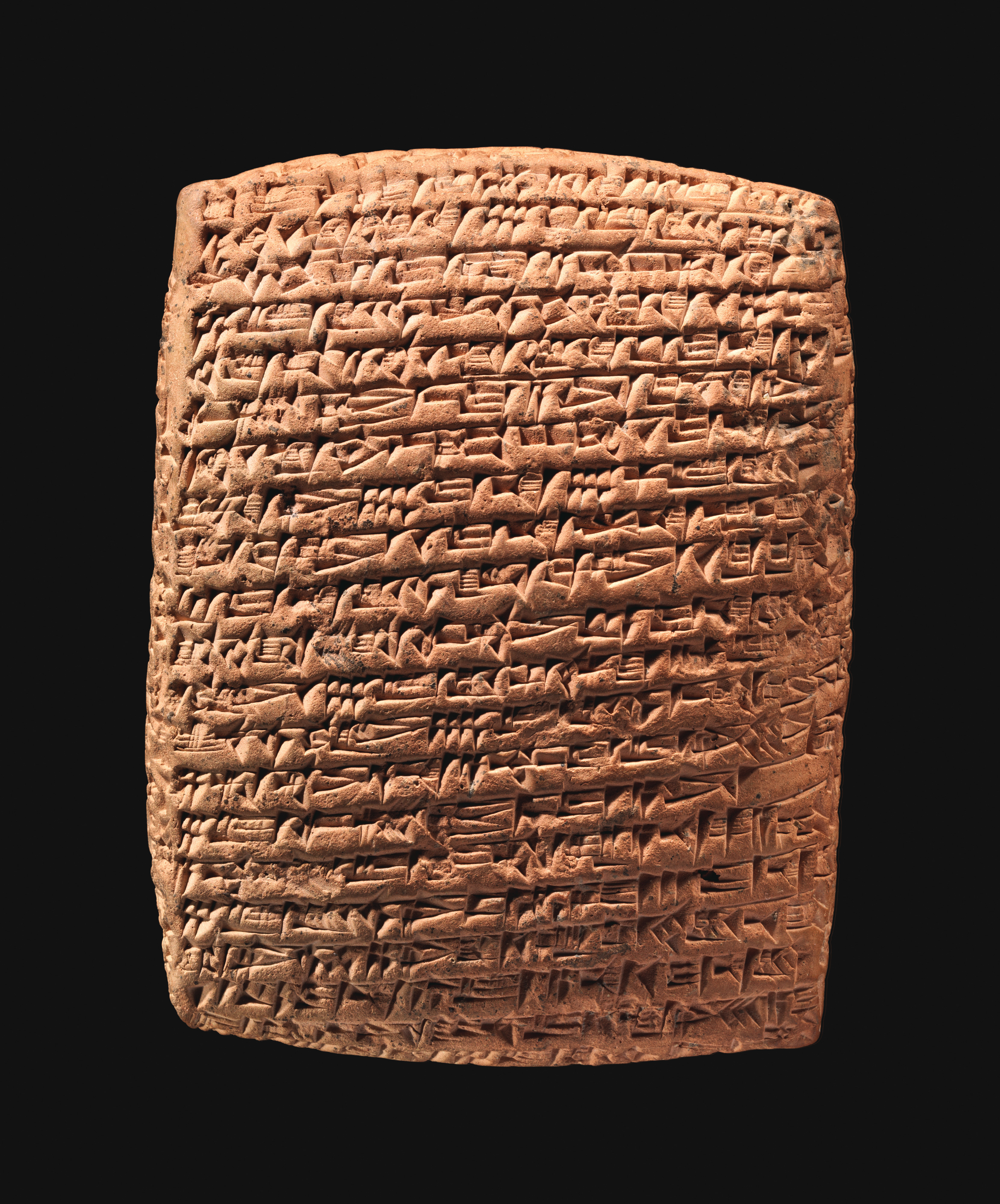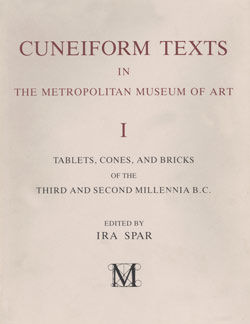Cuneiform tablet: caravan account
Not on view
Kültepe, the ancient city of Kanesh, was a powerful and cosmopolitan city located in northern Cappadocia in central Anatolia. During the early second millennium B.C., it became part of the network of trading settlements established across the region by merchants from Ashur (in Assyria in northern Mesopotamia). Travelling long distances by donkey caravan, and often living separately from their families, these merchants traded vast quantities of tin and textiles for gold and silver in addition to controlling the copper trade within Anatolia itself. Although the merchants adopted many aspects of local Anatolian life, they brought with them Mesopotamian tools used to record transactions: cuneiform writing, clay tablets and envelopes, and cylinder seals. Using a simplified version of the elaborate cuneiform writing system, merchants tracked loans as well as business deals and disputes, and sent letters to families and business partners back in Ashur. These texts also provide information about the greater political history of Ashur and the Anatolian city-states as well as details about the daily life of Assyrians and Anatolians who not only worked side-by-side, but also married and had children together. At Kültepe, thousands of these texts stored in household archives were preserved when fire destroyed the city in ca. 1836 B.C. and provide a glimpse into the complex and sophisticated commercial and social interactions that took place in the Near East during the beginning of the second millennium B.C.
This tablet is of a type used by the Assyrian merchants to track the income and expenses generated by caravan shipments. The cuneiform text, read from left to right, records not only the amount of silver invested in tin and textiles, but also the less commonly traded precious stone lapis lazuli, which was sourced from Afghanistan. In addition to investments in trade items, these shipments required various expenditures like clothing and wages for guides, as well as donkeys and their equipment and fodder. Donkeys became important trade items themselves and were often sold upon the caravan’s arrival in Anatolia after the arduous 6-8 week journey from Ashur. The tablet also records other fees, payments, and purchases, before calculating the total money owed to the prominent merchant Imdi-ilum who was active in the caravan trade between 1888 and 1876 B.C. Interestingly, the final balance recorded in the tablet, 1 mina and 50 shekels of silver, is slightly more than the actual total calculated from the figures provided (1 mina, 48 5/6 shekels). Such minor discrepancies are common in the Old Assyrian texts and several erasures on the text indicate the care with which the account was made.
Due to rights restrictions, this image cannot be enlarged, viewed at full screen, or downloaded.
This artwork is meant to be viewed from right to left. Scroll left to view more.






